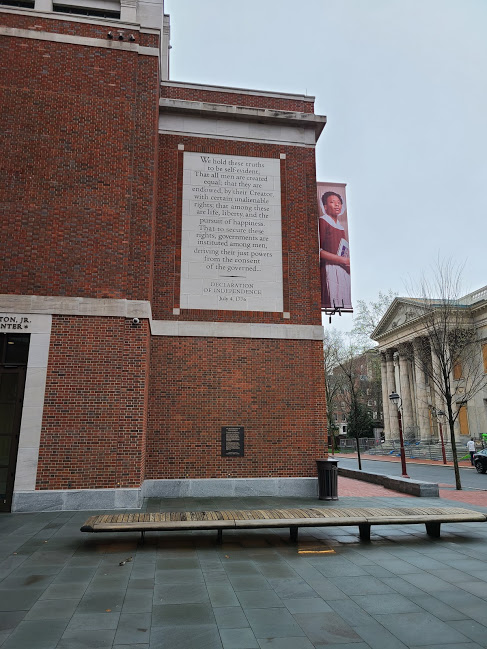
Whether you’re a history buff, new to US history, or slept through 11th grade entirely… the museum is an EXCELLENT place to learn more about the country’s history. Personally, it’s one of my favorite museums.
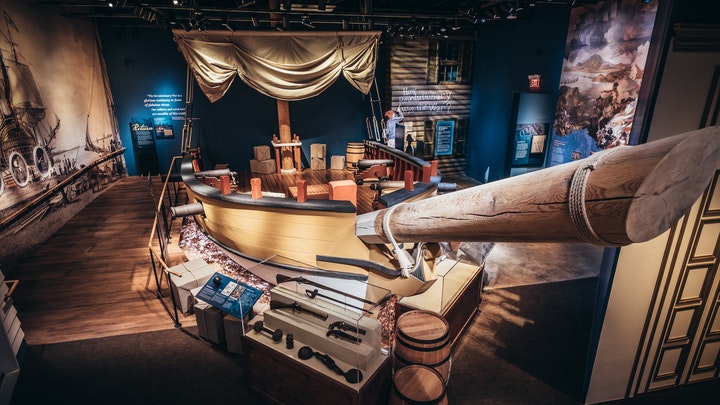
Advance Knowledge Helps.
However, it’s easy to feel overwhelmed. I’ve created this post to give you some advance knowledge. I have also provided some history behind the exhibits in each room. I’ve visited twice. Once I was entirely ambivalent. The second time, I was obsessed with Revolutionary history. I can tell you that some knowledge on the topic ensures a far greater experience!
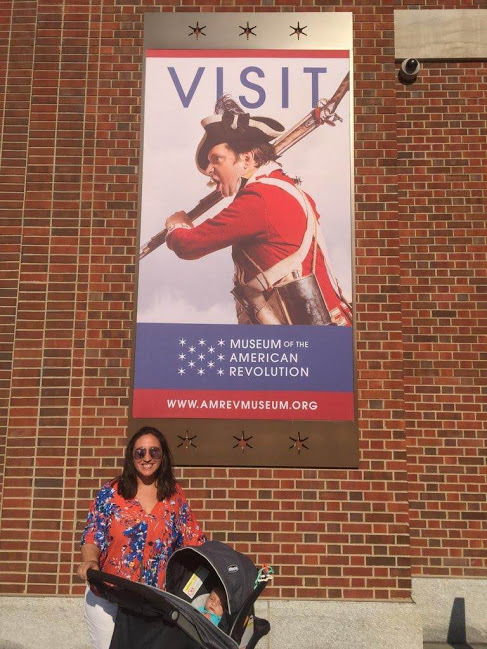
Colonists.
The thirteen American Colonies belonged to Great Britain, and thus, to King George III. The first room in the museum features a portrait of the monarch. For years, I’ve only seen him portrayed in films and shows as an old, borderline senile buffoon. However, after seeing this portrait of him as a young man, I can honestly say…Georgie can get it.
Visitors can gain an understanding of what it meant to live under the rule of a monarch.

I think one of the biggest things I’ve come to learn since starting my research is that the colonists weren’t seething, ravenous, raging people chomping at the bit to part ways with the Crown.
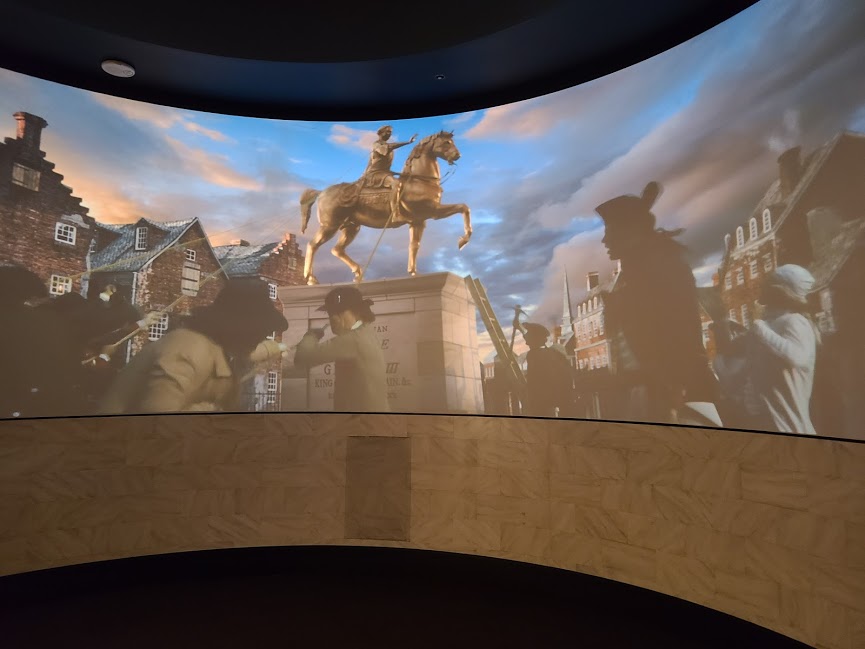
The majority of colonists saw themselves as British citizens. They enjoyed the laws and protections afforded to them as such. It was all they had ever known. Even those who found fault with some aspects of governance didn’t immediately want to break away from the empire. Rather, they just wanted reform.
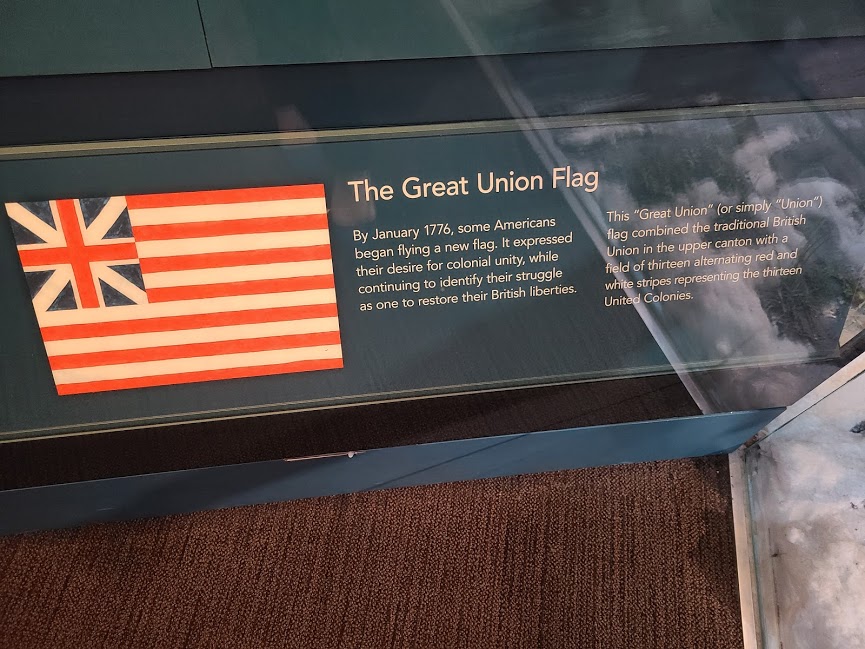
There’s no single reason for the cause of our fight for independence. Instead, it was a number of circumstances. For instance:
- The British taxed the hell out of the colonies in order to pay debts from the French and Indian War.
- American colonists were not allowed to send representatives to speak on their behalf to parliament in Great Britain.
- An increase in military presence occurred seemingly for no reason and felt oppressive.
- The Tea Act led to a tea tax which was meant to bail out the shady Dutch East India Company.
Tensions Boil Over.
Again, it started as a list of grievances asking for reform. But, it boiled over into a full scale revolution. This was largely because of increased tensions which turned to violence. There were two schools of thought in Parliament at this time. Some members felt that the colonists had a point and that the approach toward them should be conciliatory.

Others felt that if Parliament appeased the colonists, they would learn that their raucous actions would be a trick that they could turn to in order to get their way. The idea that American colonists were impetuous toddlers. They needed a kick in the ass rather than being coddled was the approach taken by Great Britain.
That didn’t go over well.
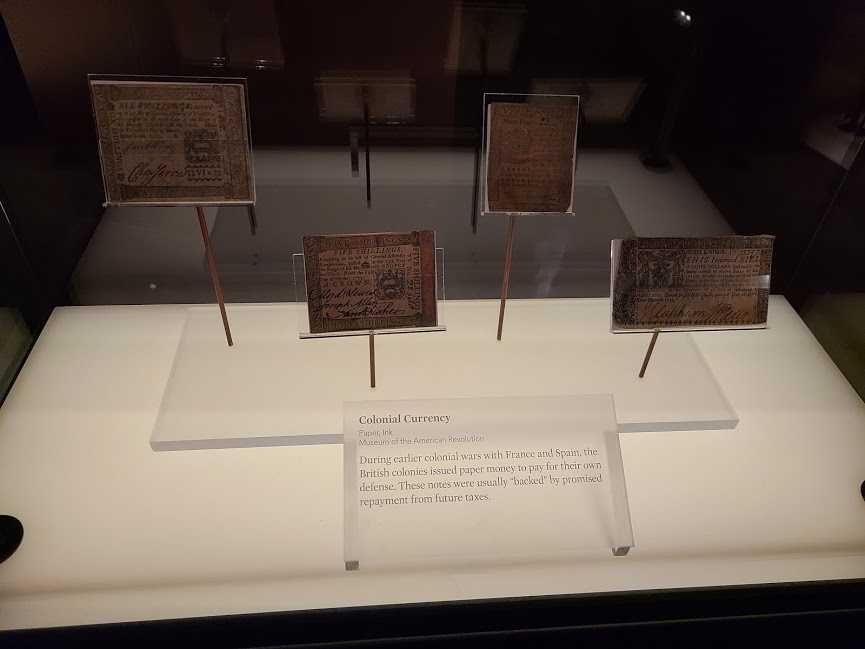
The Revolutionary Movement.
The next room of the museum is my favorite one. This is where you get an in-depth look at the revolutionary acts carried out by the colonists. Many of these happened in Boston. One one wall there is a reproduction of the infamous “Join, or Die” cartoon. It called for the thirteen colonies to band together. While we might consider ourselves a ‘united’ nation of states, that was not the case during this time. The attitudes and customs of, say, New York versus Rhode Island were remarkably different.
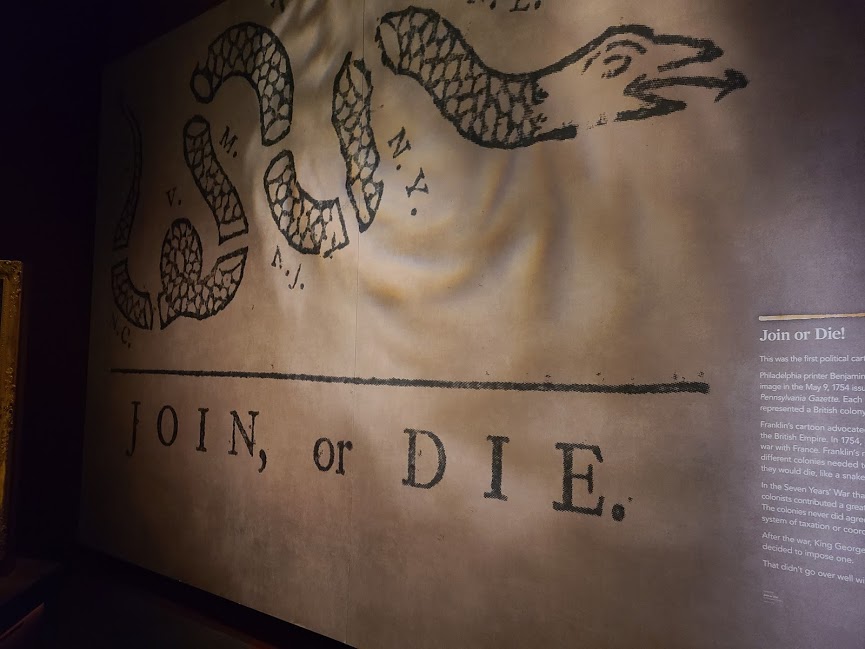
But, what were colonists uniting to do, exactly? Ultimately, the colonies just wanted to be governed with their consent. How could the parliament, thousands of miles across the sea, know what was best for them in America? The colonists wanted fair representation.

Acts which aimed to collect taxes from the colonists seemed unjust to them. The colonists didn’t have representation to express their views in parliament. One by one, the colonists began to revolt against those acts. In particular, the ones which sought to collect ‘unjust’ taxes and increase military presence. This continued from 1765 to 1775 until the actual Revolutionary War broke out.
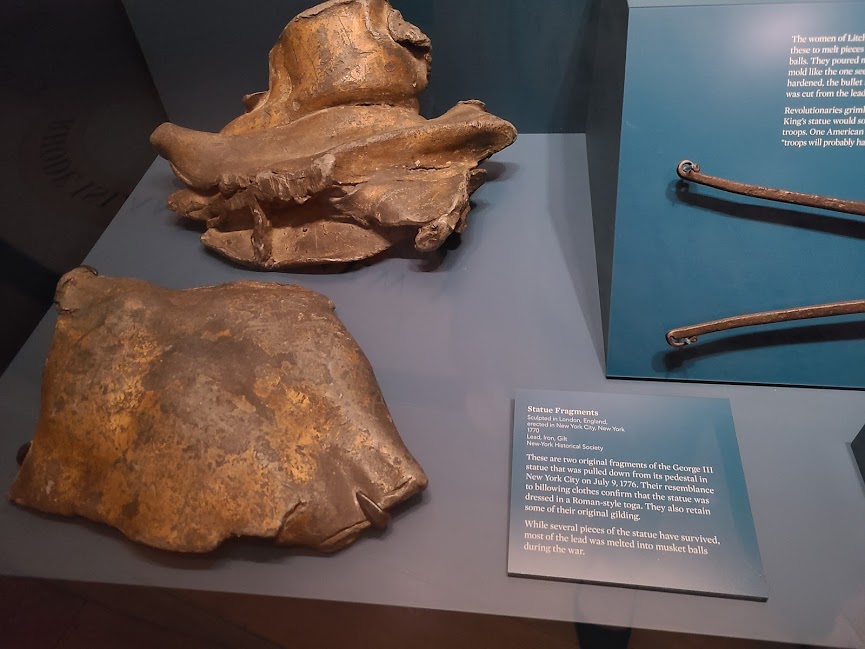
The Revolutionary War Began With Symbols of Freedom.
The concept of the colonists distinguishing themselves from the British and now being seen as American began to take shape. This happened largely through symbolic gestures and rituals. Liberty poles made an appearance as did liberty caps. Both historically symbolize freedom, going back to the days of Ancient Rome.
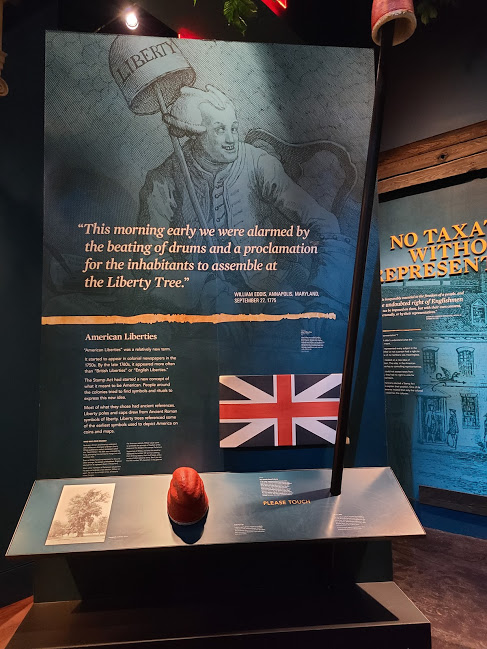
Liberty trees were popular places to meet and share information in the 1760s and 1770s. The museum has reconstructed one such tree. Within it, they placed a piece of salvaged wood from the last known surviving liberty tree from the Revolutionary era.
During the 1770s, the Revolution was in full swing. In 1776 the Continental Congress voted to declare independence from Great Britain.
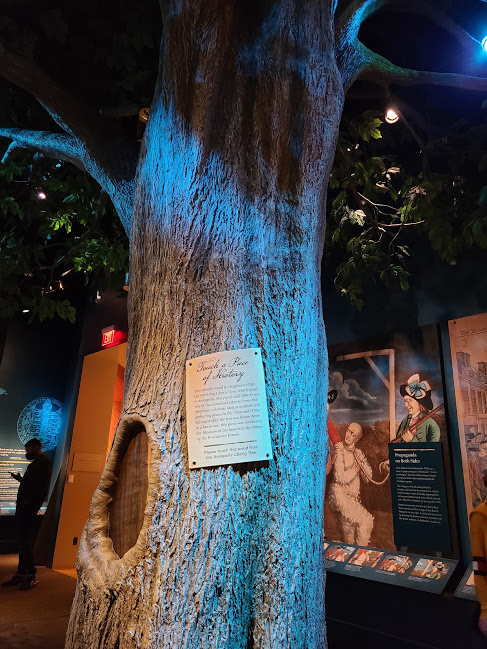
The War Begins.
Having visited this museum twice now, I can honestly say that it does a superb job helping visitors understand the differences between types of soldiers. It also helps visitors understand the murky area between the revolutionary acts and the full scale war for independence.
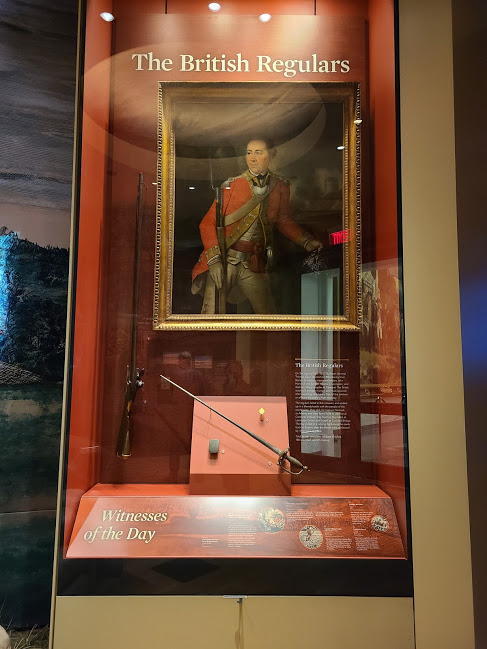
As these acts increased in Boston, so did tension between the British military and militia forces. Paul Revere as well as other silversmiths got wind of the British military crossing into Boston via the Boston Harbor. They rode to warn the local militia and minutemen forces. The British troops confronted the militia and a shot was fired. No one is sure who shot first. This happened in Lexington, Massachusetts. In Concord, Massachusetts, mounting tensions led to colonists shooting and killing two British soldiers. This was dubbed as the ‘shot heard round the world.’ These two events were the beginning of the war.

George Washington was chosen as the Commander in Chief of all the Continental forces. He certainly had his hands full. Getting the colonists to fight together was almost certainly a lost cause. To start, the men in each colony were socially different. This led to many tensions. There are reports of, say, a man from New York having no idea what a man from Virginia is trying to say to him.

It Was a Suffer-Fest.
There was resentment between the local militias and the military. Seasoned older men and young tough guys were regularly at each other’s throats. There were harsh winters, little food (so little that men sometimes ate their own horses), and little shelter. Men often abandoned their posts or deserted. Many men were not given pay during their time in service.
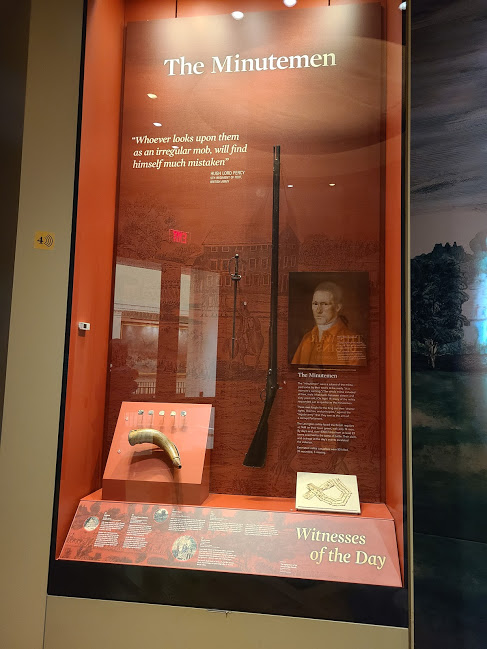
However, it’s important to remember that Washington and his officers were not ragtag misfits. Washington himself served in the British forces during the French and Indian War. He and the other soldiers were very skilled. They were highly trained in military operations and combat during their time in the British military. Washington also spent some time commanding militiamen. So, he was resentful, having experienced their lack of commitment firsthand.
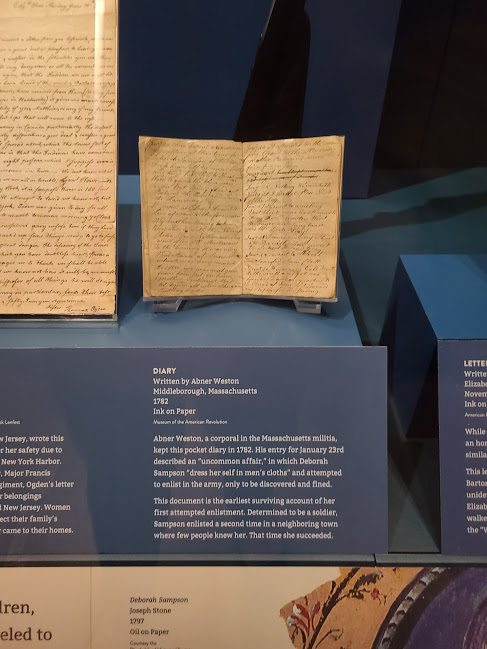
The Darkest Hour.
Between July and October of 1776, American troops diminished by as much as 80 percent! Both sides of the American Revolution had revered New York City and Long Island as symbols of winning the war. Control of those areas also boosted morale. However, both were lost to the British. To any sane individual, the war was all but over.

And yet, we all know how the story ends. Learn how America pulled out the stops in the eleventh hour at this point in the museum! I don’t want to give away any details. BUT, seeing the maps and learning just how impossible the plight of the colonists seemed gives you such an appreciation of their victory.

The Revolutionary War at Sea.
During the time of the Revolutionary War, Great Britain had the most powerful navy in the world. How could the Continental forces possibly match them? The Continental Congress spared money for only a modest navy. It wasn’t anywhere near as grand as their opponent’s.
Therefore, the Americans basically hired out their naval fighting to privateers. These were privately owned ships that were commissioned by state and local governments as well as Congress. They were hired to do a number of things, including disrupting trade and attacking British ships.

But, wait! Weren’t the American troops poor AF? Weren’t they eating horses and stuff? Yeah. So, they didn’t pay the privateers with money, exactly. The navy earned fixed wages. However, the privateers were given percentages of whatever was snatched from the British ships.
At the museum you can climb aboard a replica of a privateer ship. Take a glance at an actual preserved sea chest and learn about the different types of ships used during the war. You can also read about engaging in hand-to-hand combat after attacking an enemy ship.
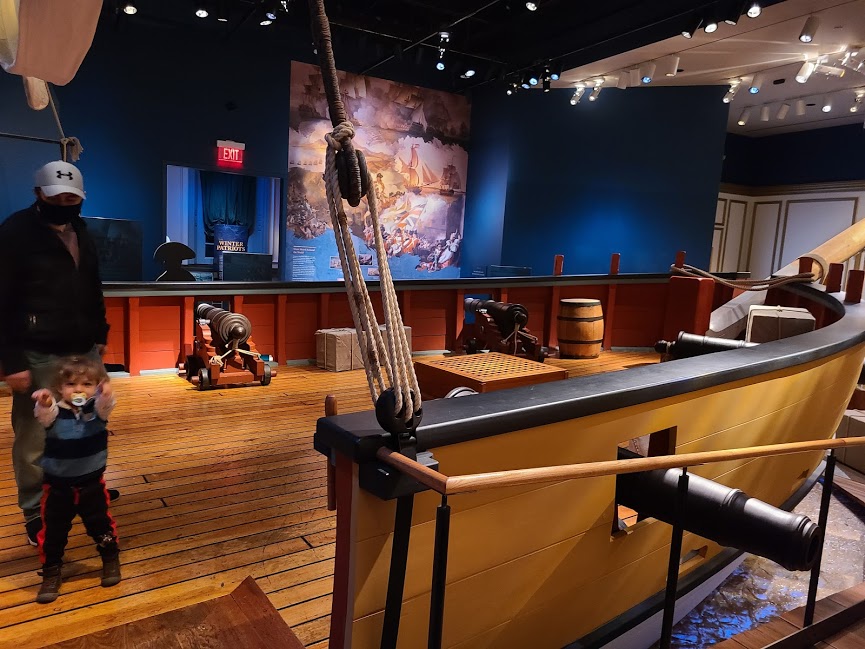
Native American Involvement in the American Revolution.
One exhibit in the museum explores the involvement of Native American people in the war. Those living in the area dealt first-hand with the war between the British forces and American colonies. In the exhibit, five life-sized figures of Native American leaders from different tribes meet. They ‘discuss’ which side, if any, they will take during the war. Many were determined to keep the ‘great peace’ and not get involved. But, others were lured in by promises of good trade and the protection of their homelands.
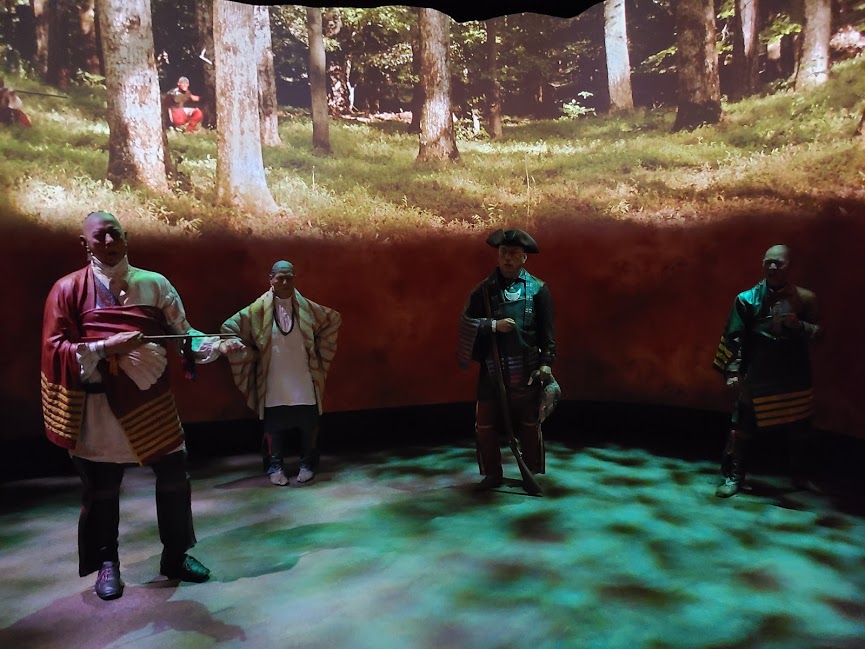
It was very useful for me to see the great turmoil that the war between America and Britain caused for the Native American tribes of the area. I knew that many Native American people served in the war. But, I was never certain of how or why. The media exhibit ends with photos of Indigenous people who have served in every war since America’s founding. It’s a chilling reminder how much we owe these people whose land was stolen for our benefit.
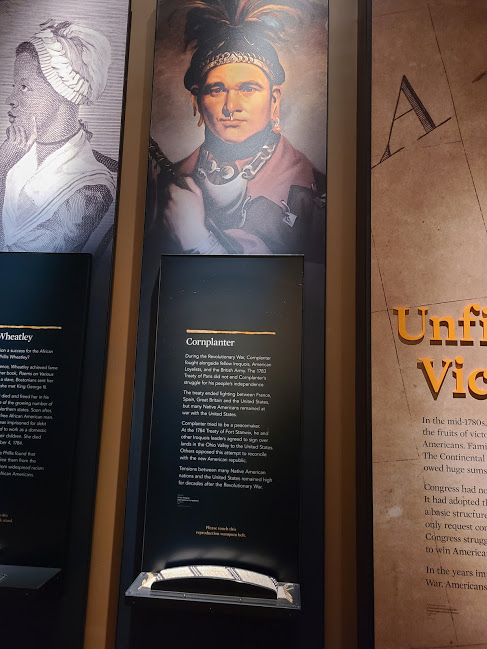
Odds and Ends About the Museum of the American Revolution.
PLEASE don’t forget to check out the gift shop! The prices are pretty steep. But, if you enjoy American history as much as I do, you’ll ignore that fact altogether. You’ll find everything from colonial era cocktail recipe books to Christmas ornaments. It’s truly a mecca for American history nerds.
The museum has events and new exhibits happening regularly. Don’t forget to check out the website or speak to the ticket sellers in the lobby for more information. The last time that I visited, there was an amazing exhibit on the history of women’s suffrage.
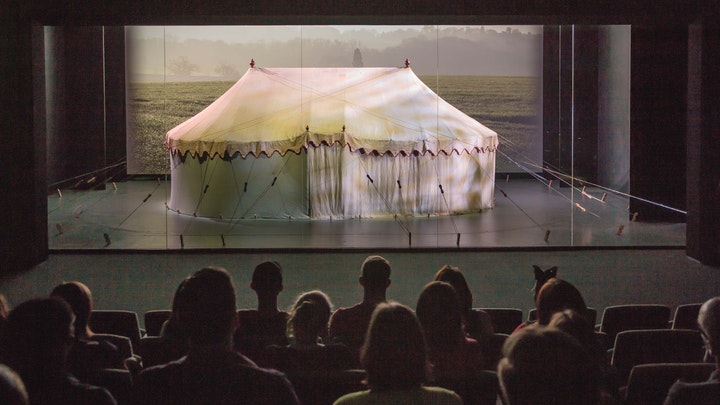
I had no idea that women in New Jersey were given the right to vote in the 19th century, long before national suffrage. However, that this sacred right was revoked due to fear of women having real influence.
Also, make sure to check out the Museum of the American Revolution’s exhibit which allows you to see George Washington’s actual war tent!


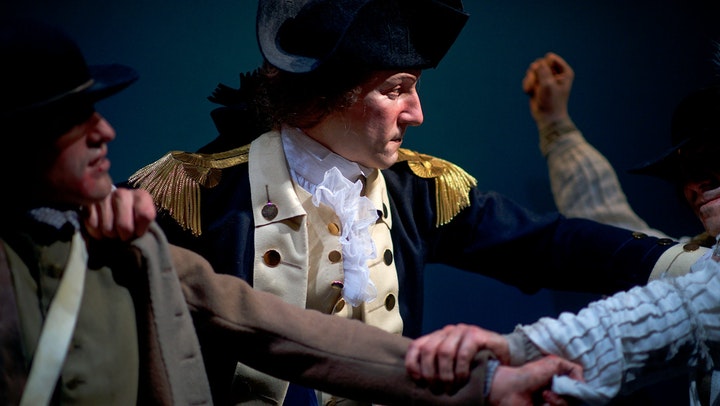




0 comment